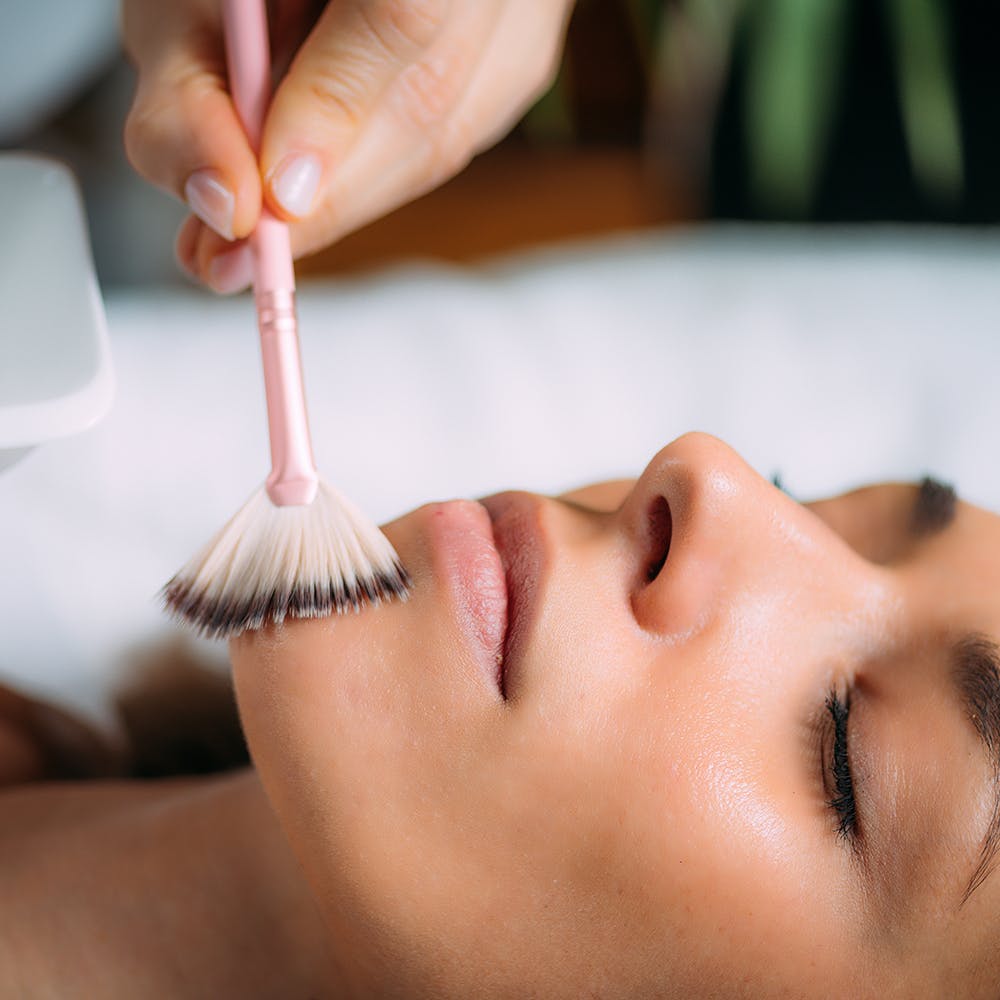Chemical peels are becoming increasingly popular among people who want an instant glow to their skin. We have lost count of the number of times we have come across dermatologists suggesting this treatment procedure to add that instant something to your skin. But where such treatment-related things are concerned, it's always better to have complete knowledge about it before jumping into it. So we called in the experts and asked a trusted dermatologist what the hype behind chemical peels is all about.
Dr Chytra is an internationally renowned celebrity cosmetic dermatologist. She is also the founder and chief formulator of Skin Q—a homegrown skincare brand that formulates products made with naturally found active ingredients, especially for Indian skin. And as our expert, here's all we learnt about chemical peels from her:

